Jan Bartek – AncientPages.com – Scientists have spent much time working on the examination and conservation of a Medieval shipwreck wreck found near the Old City Harbour of Tallinn on Lootsi Street in Estonia.
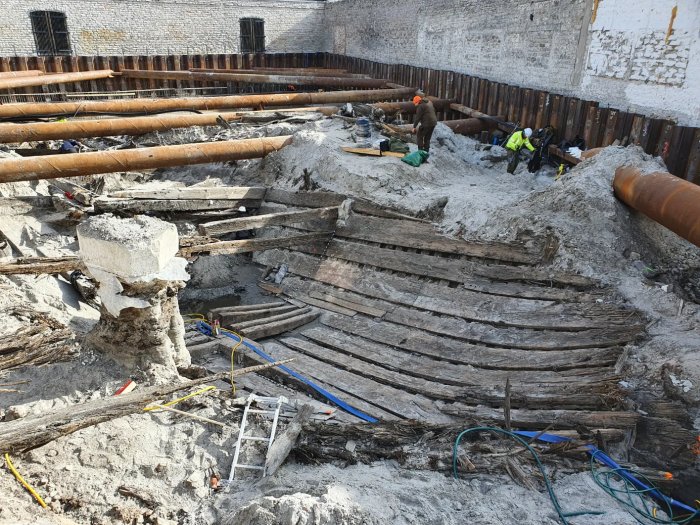
Excavations of the Lootsi cog. Credit: Estonian Maritime Museum
Known as the Wreck of the Lootsi cog, the find is of great archaeological interest. Using tree-ring dating, experts have been able to determine the wood used to build the ship was felled around 1360.
“This is a cog, rather. Though one might also safely say it’s a ship of the cog kind – you see the ship builders of old were simply building a ship. The cog tradition went from the 10th to 14th centuries and the ships built during the lengthy period were not identical. They were built in various countries, after varying traditions, but there are the similarities detected with various finds,” Seaplane Harbour director Urmas Dresen explained.
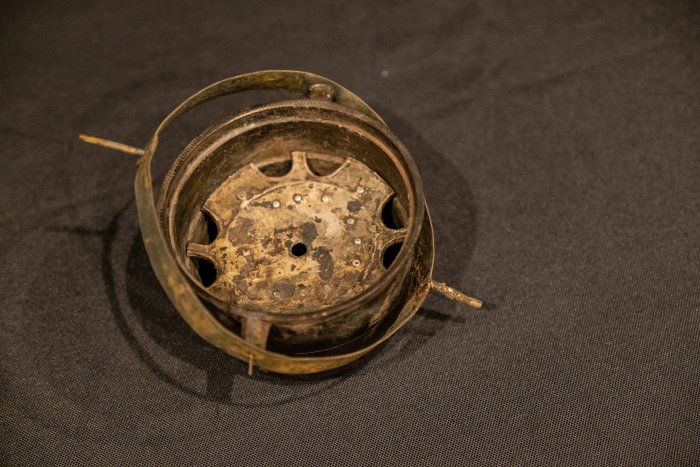
Compᴀss found on the wreck of the Lootsi cog. Credit: Estonian Maritime Museum
When scientists excavated and cleaned the Lootsi cog, they made several remarkable finds, such as tools, leather shoes, and weapons. According to the SA Eesti Meremuuseum, “the most surprising and fascinating finds are the well-preserved remains of two ship rats and a ship compᴀss, believed to be the oldest surviving dry compᴀss in all of Europe.”
Archaeology researcher Priit Lätti of the Estonian Maritime Museum says there is even an older wreck near Lootsi tänav.
“But it is best preserved in the ground for now – it has been there for centuries and will be there for centuries to come. We hope that research methods and understanding will eventually improve, so we don’t have to rush to dig everything up now. Whatever comes to the surface during construction works will of course, be excavated,” he added.
Shoes Reveal The Ship Was Involved In An Accident
When experts examined the shoes found on the wreck of the Lootsi cog, they noticed they had all been used, and some were even repaired with simple tools. One shoe had a loose sole. Interestingly, it was even possible to learn about the fate of the ship by studying the old shoes.
Lätti explained the shoes revealed the ship had been involved in an accident. “I don’t think the inventory was just left on the ship, it was most likely a shipwreck. People had to get off the ship in a hurry, and everything was left in a mess,” he said.
Europe’s Oldest Still Functioning Compᴀss And Rats
Scientists were astonished when they came across what is today considered Europe’s oldest still functioning compᴀss on the Medieval shipwreck. Equally surprising were the remains of two ship rats.
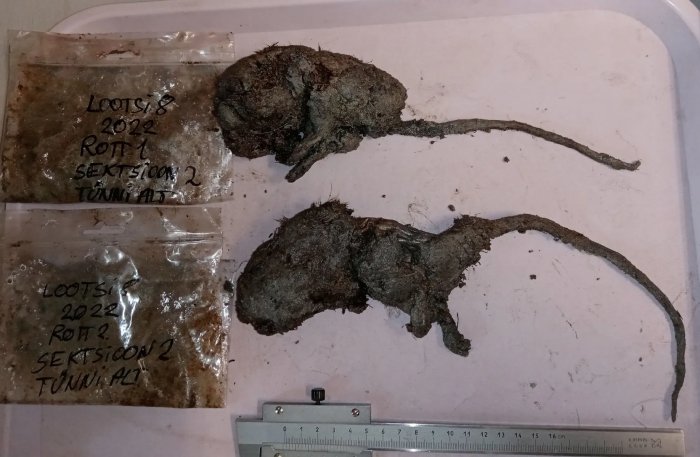
Rats found on the wreck of the Lootsi cog. Credit: Estonian Maritime Museum
Lätti said that Estonia’s medieval ships really stand out among other similar finds because they are not empty. Medieval ships found in Germany and the Netherlands are mostly empty, the researcher said.
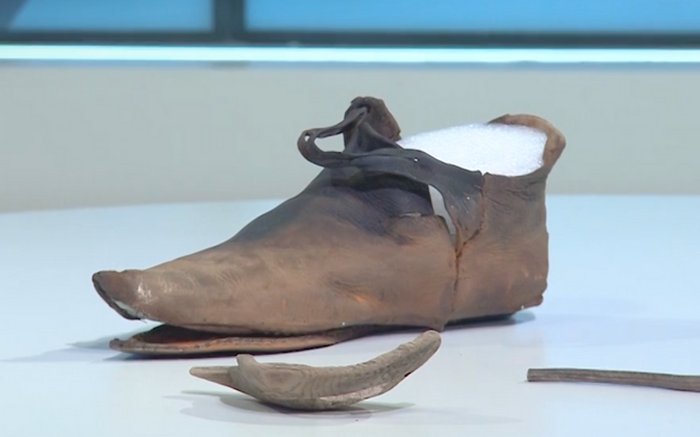
Shoes found on the wreck of the Lootsi cog. Credit: ERR
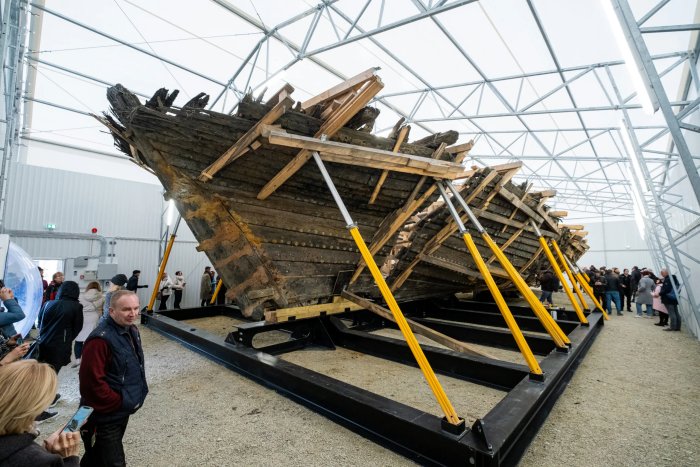
Wreck of the Lootsi cog in the hall that was created for its cleaning and conservation. Credit: Estonian Maritime Museum
“Ours are full of finds, and the finds are wall to wall, giving us clues about everything from eating habits on board to clothing to navigational equipment,” he told ERR News.
See also: More Archaeology News
The wreck of the Lootsi Cog was found in 2022, and archaeologists of the Estonian Maritime Museum and conservators from Finland are working on the wreck. Conservation is a time-consuming process, lasting for years. Once the Lootsi project has been completed, we may learn even more about this fascinating Medieval ship.
Written by Jan Bartek – AncientPages.com Staff Writer





